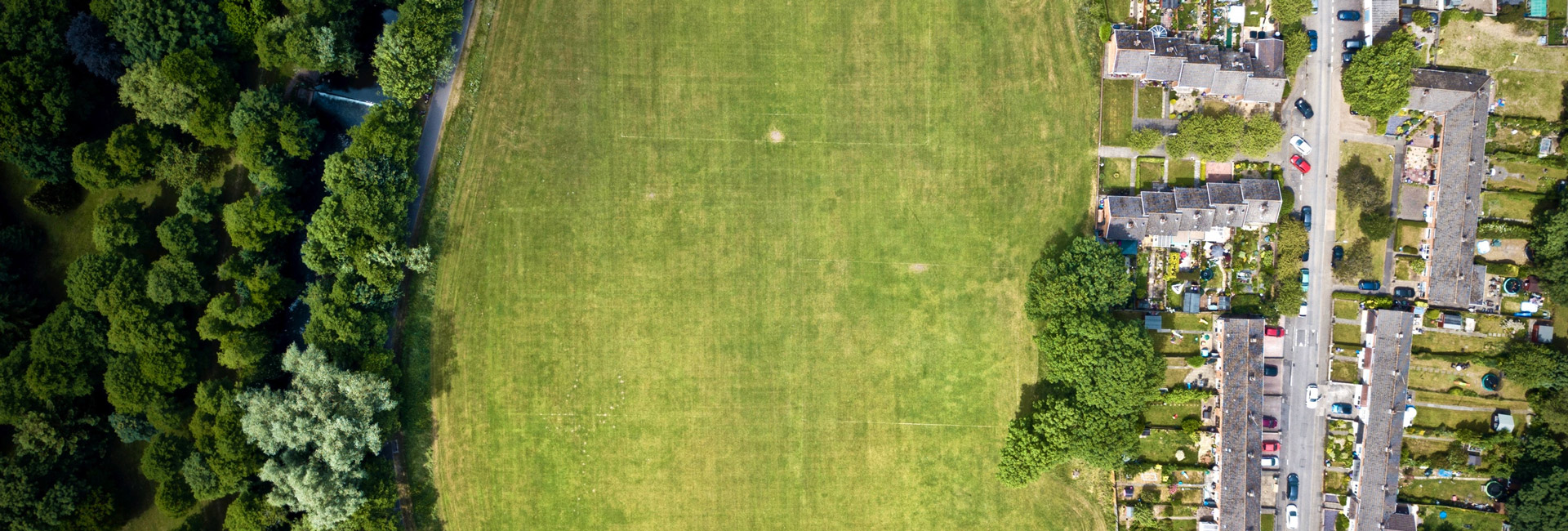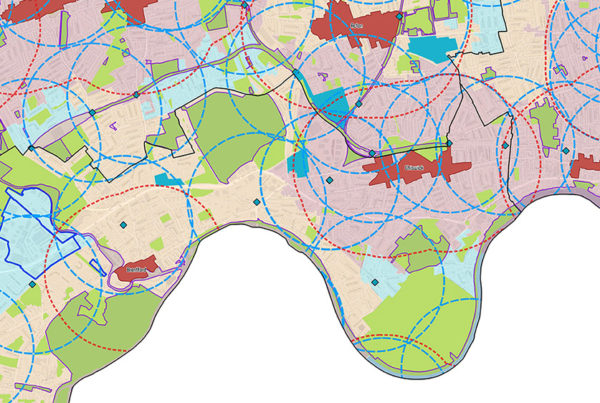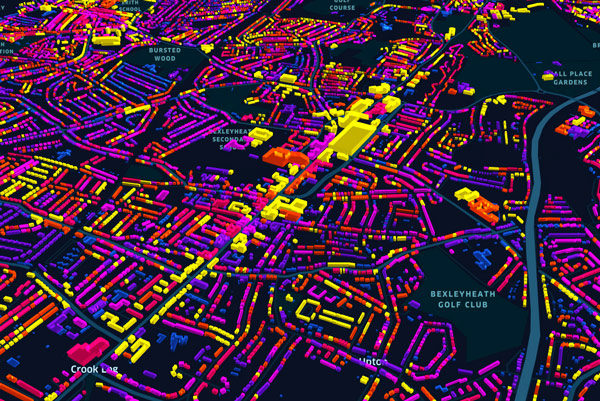Our Senior Planner, Luke Smith considers the implications of the revised NPPF on the provision of rural housing
Since 2012, planners and developers have been guided by Paragraph 55 of the NPPF in assessing the provision of isolated homes in rural areas. The first NPPF amounted to a considerable ideological shift from the previous Planning Policy Guidance (PPG) notes and Planning Policy Statements (PPS), particularly in defining a clear set of criteria under which rural housing could be justified.
Although broader in scope, Paragraph 55 quickly became synonymous with rural dwellings of an exceptional quality or innovative design. Although limited in the number of schemes approved by local planning authorities, the profile for these design-led dwellings was greatly increased through media outputs such as Channel 4’s Grand Designs.
Paragraph 55 also recognised other special circumstances for rural housing provision in an isolated location, including the essential need for a rural worker to live permanently at or near their place of work, where the development would represent the optimal viable use of a heritage asset, or where the development would re-use redundant or disused buildings and lead to an enhancement to the immediate setting.
Whilst four criteria were explicitly identified, the wording referred to special circumstances ‘such as’, signifying that there may be other good reasons why rural housing could be acceptable beyond the four given criteria. This might have related to the personal circumstances of the applicant, or a combination of factors, including a general lack of suitable housing provision across the wider rural area.
Paragraph 79 of the revised NPPF (2018) represents a potentially significant change from former Paragraph 55; the most notable distinction being that ‘one or more’ of the following special circumstances now ‘must’ apply:
a) ‘there is an essential need for a rural worker, including those taking majority control of a farm business, to live permanently at or near their place of work in the countryside;
b) the development would represent the optimal viable use of a heritage asset or would be appropriate enabling development to secure the future of heritage assets;
c) the development would re-use redundant or disused buildings and enhance its immediate setting;
d) the development would involve the subdivision of an existing residential dwelling; or
e) the design is of exceptional quality, in that it:
- is truly outstanding or innovative, reflecting the highest standards in architecture, and would help to raise standards of design more generally in rural areas; and
- would significantly enhance its immediate setting, and be sensitive to the defining characteristics of the local area’
Whilst the criteria given are broadly the same as those set out under the 2012 document, there is now support for the provision of smaller dwellings through subdivision, in order to meet local housing needs (point c). Overall, there is also a more limited scope for determining the relevant circumstances than before.
There are some variations on relevant circumstances elsewhere in the new Framework with guidance as to how Paragraph 79 should be interpreted. For example, Paragraph 131 reinforces the importance of good design, noting that ‘great weight should be given to outstanding or innovative designs which promote high levels of sustainability, or help to raise the standard of design more generally in an area, so long as they fit in with the overall form and layout of the surroundings’.
Whilst bespoke residential dwellings that are outstanding or innovative in their nature remain permissible in isolated locations, local planning authorities now have greater powers to scrutinise the design, but also an obligation to attach substantial weight to the high-quality design of a scheme, particularly where it has been informed by proactive and effective engagement with the local community.
Under the revised NPPF there is still no clear definition of the term ‘isolated’, despite relevant guidance in the case of Braintree District Council v Secretary of State for Communities and Local Government (2017), which resolved that the term must be interpreted based on its objective meaning, as ‘far away from other places, buildings, or people; remote’.
When read in conjunction with the strengthened protections for Green Belt land under Chapter 13 and the retained safeguards for the natural environment and protected landscapes under Chapter 15, the limiting of special circumstances for rural housing marks a notable strengthening of national planning policy protection for rural areas. Whilst these changes limit the relevant special circumstances, the wider Framework signifies that rural housing should principally be delivered through reuse of previously developed land, and the conversion or subdivision of existing buildings.







